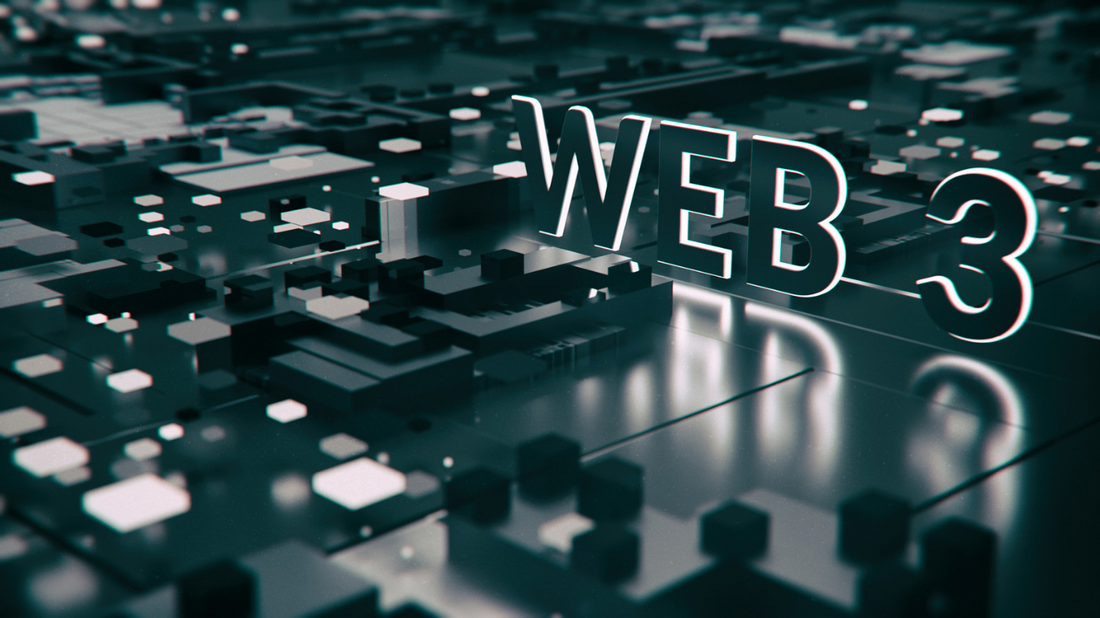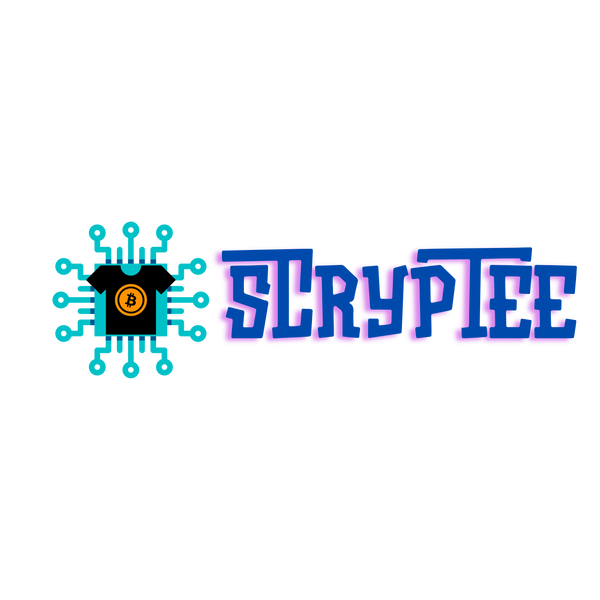
Web3: Redefining the Internet for a Decentralized Future
Share
The term Web3 has been making waves in the tech world, often described as the next evolution of the internet. Unlike its predecessors, Web3 promises a decentralized, user-driven, and secure digital landscape. Let’s break down what Web3 is, its significance, and its potential to transform how we interact online.
What is Web3?
Web3, short for Web 3.0, is a vision for a new internet that operates on blockchain technology. Unlike the centralized Web 2.0, dominated by big corporations, Web3 shifts power back to users by emphasizing decentralization, transparency, and user ownership.
Core Principles of Web3
1. Decentralized Infrastructure:
Instead of relying on centralized servers, Web3 runs on peer-to-peer networks powered by blockchain. This makes it more resilient to censorship and outages.
2. User Ownership:
Web3 allows individuals to truly own their data, digital assets, and even their online identities through tools like decentralized wallets and NFTs.
3. Programmable Ecosystem:
Smart contracts enable automated and trustless transactions, reducing the reliance on intermediaries like banks or payment processors.
4. Token-Based Economy:
Cryptocurrencies and tokens are integral to Web3, providing new ways to incentivize participation, fund projects, and share value across communities.
Applications of Web3
Web3 isn’t just theoretical; it’s already transforming industries:
• Finance (DeFi): Decentralized finance platforms allow users to lend, borrow, and trade assets without traditional banks.
• Gaming: Blockchain-based games offer “play-to-earn” opportunities, where players can earn crypto or NFTs.
• Content Creation: Artists and creators can monetize their work directly, bypassing platforms that take significant cuts.
• Decentralized Social Media: Platforms like Lens Protocol aim to create social networks that prioritize user control and freedom.
The Potential of Web3
Web3 has the power to democratize the internet, fostering innovation and creating opportunities for individuals and businesses alike. Imagine a world where your personal data isn’t stored by companies like Facebook but instead remains under your control, or where artists and developers earn directly from their audiences without middlemen taking a share.
Challenges Ahead
Despite its promise, Web3 isn’t without hurdles:
• Usability: Blockchain-based systems are often complex, making them less accessible to the average user.
• Regulation: Governments are still grappling with how to regulate Web3 technologies like cryptocurrencies.
• Energy Efficiency: While newer blockchain solutions are improving, environmental concerns around energy-intensive systems like proof-of-work remain a challenge.
Conclusion
Web3 is more than a technological shift; it’s a philosophical rethinking of how the internet should operate. By decentralizing power and prioritizing user autonomy, Web3 holds the promise of a fairer, more open digital future.
Whether you’re a tech enthusiast or just curious about the future, Web3 is a concept you’ll want to keep an eye on as it continues to evolve.
